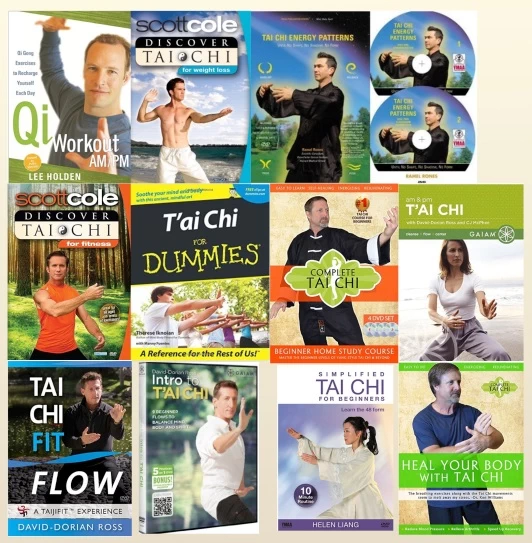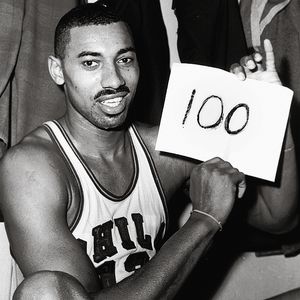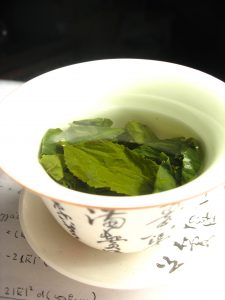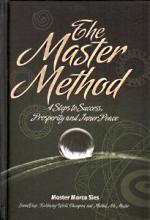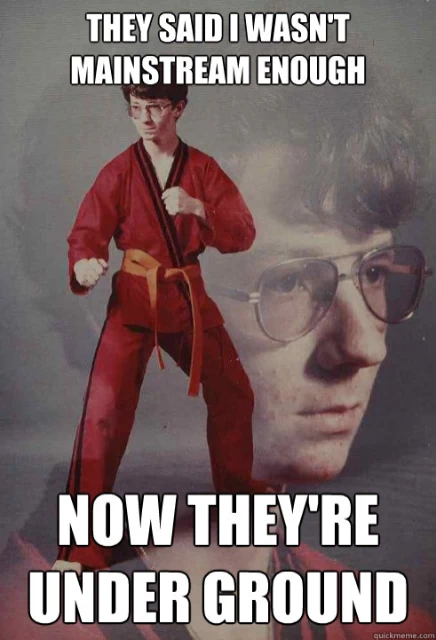Excerpted from Mario Napoli’s interview at Taiji Forum.
I was in a no man’s land concerning this art. I just could not get it! I was lost, demoralized and had [already] quit Tai Chi Chuan [once]. I only went back to it because I heard how good [Stanley Israel] was… so I figured I’d give Tai Chi Chuan one last try.
We hit it off instantly. After just touching him, I knew he was the one who was going to teach me. He made it sound, look and feel so easy. It was very refreshing and I felt as if I understood everything he said explained and showed! He made it fun for me to go to class. The work was hard, but I took to it like fish to water.
“Just push!”
We had many debates and Stan would always say to me, “Why are you so confused?”
It began after a pushing [hands] lesson when he said to me “Mario, just push.” and I would say, “What do you mean, just push? I mean I can push this way or that way…” Then he would repeat “Just push,” and I would again say, “But I may just end up shoving! Shoving is wrong, right?”
